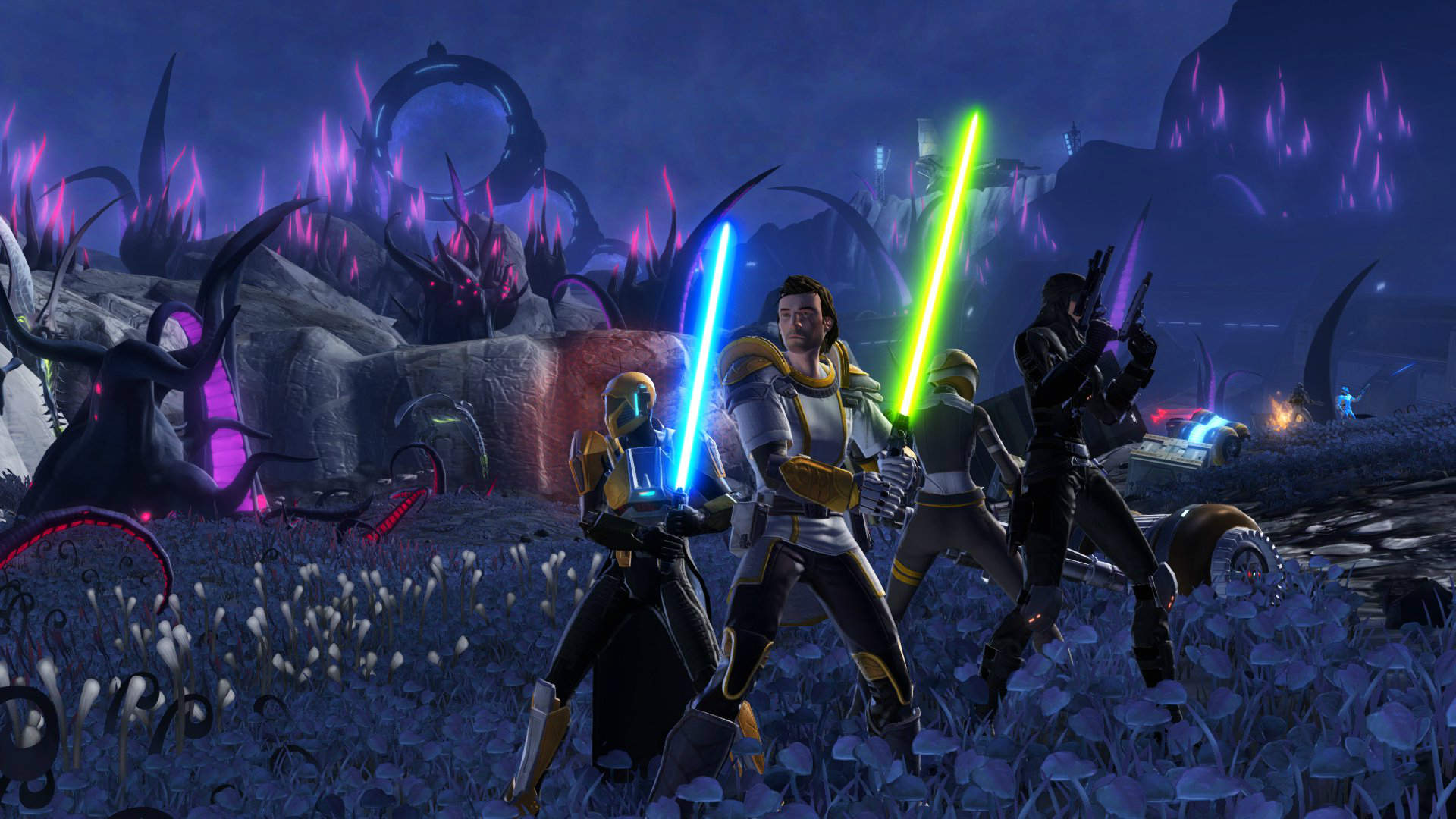
Furthermore, both games do a pretty good job when it comes to sound effects and voice acting, with the slight advantage going to Pillars of Eternity, simply because it does some minor details better - like foot step effects adapting to the ground, slightly better quality of hit sounds, better sound quality for magic effetcs, etc. With that being said, I love both Pillars of Eternity and Baldur's Gate soundtrack, although Baldur's Gate definitely sounds more epic - not that more epic necessarily translates into better. When it comes to sound, it is of course very subjective and to be quite honest I have no idea how anyone can make an objective case for music. The resolution is now sharper and clearer, shadows adapt to the position of the light sources, all characters are in 3D, you can zoom and the effects look much better than ever before. Everything from character portraits and wooden frames to beautiful 2D isometric perspective is back and not only does it capture the spirit of the older classics - it actually manages to improve upon it. This is mostly thanks to Obsidian's excellent adaptation of the Unity engine and amazing art style which uses a somewhat subdued, natural color palette, especially in outdoor environments. Pillars of Eternity definitely managed to capture the look and feel of the Infinity Engine games, especially Baldur's Gate 2. It goes without saying that Obsidian has done an excellent job in coming up with unique and interesting setting, which due to it's maturity and originality is far superior from the generic fantasy setting of Baldur's Gate.Ĭonclusion: Pillars of Eternity > Baldur's Gate What I just described is a small taste of an otherwise vast and interesting world you are about to immerse yourself in. This comes with some amazing advances in technology, but also with great dangers and responsibilities from those that want to use these techniques for their own benefit. The whole science of animancy is actually a human attempt in trying to find ways to manipulate the essence of human soul in order to understand the world and make it a better place for everyone. The game also takes a lot of inspiration from Hindu and Buddhist religion by creating a universe which operates heavily on reincarnation cycles and karma. Namely, religious people blame animancy for every bad thing that is happening in the world, and the game does an excellent job of making the player unsure whether or not there is any truth to these claims. Animancy, still being a young field has great implications for society and is leading to rapid advances in technology which in turn is causing rifts and clashes in the different religious communities. The setting resembles that of the early stages of European Renaissance era and it tries to simulate our first attempts at explaining the world with science. With that being said, allow me to share a few words about the setting - just to get the general feel for the game. This means that I am putting Pillars of Eternity against a very harsh scrutiny and I will not be pulling any punches.

Furthermore, it is important to note that I will be comparing Pillars of Eternity mostly to Baldur's Gate 2, because almost everyone agrees it is the best game in the Baldur's Gate franchise. Here I am of course talking about the horrible failure of Dragon Age developed by Bioware, which was their attempt to recapture the magic and glory of Baldur's Gate. Therefore, I will be comparing all of the more important aspects of these two games and explain why I have reached the conclusion that Obsidian succeeded where others have failed. Now, since this is a game that is aiming to be the next Baldur's Gate, I think comparing it to its predecessor is necessary to examine just how good Pillars of Eternity is. Skip a few years ahead and Pillars of Eternity is released. Response from gamers was the highest crowd funded video game on Kickstarter, raising astounding $4,163,208! If publishers needed any convincing that there is a big and hungry market for these types of games, nothing speaks louder than people throwing millions at Obsidian. The game was marketed as a spiritual successor to Infinity Engine games such as the critically acclaimed Baldur's Gate, and it is important to note that Obsidian was forced to resort to crowd funding in order create the game - something that in itself says a lot about the current state of the gaming industry.

Pillars of Eternity is a computer role-playing game developed by Obsidian Entertainment and published by Paradox Interactive.


 0 kommentar(er)
0 kommentar(er)
